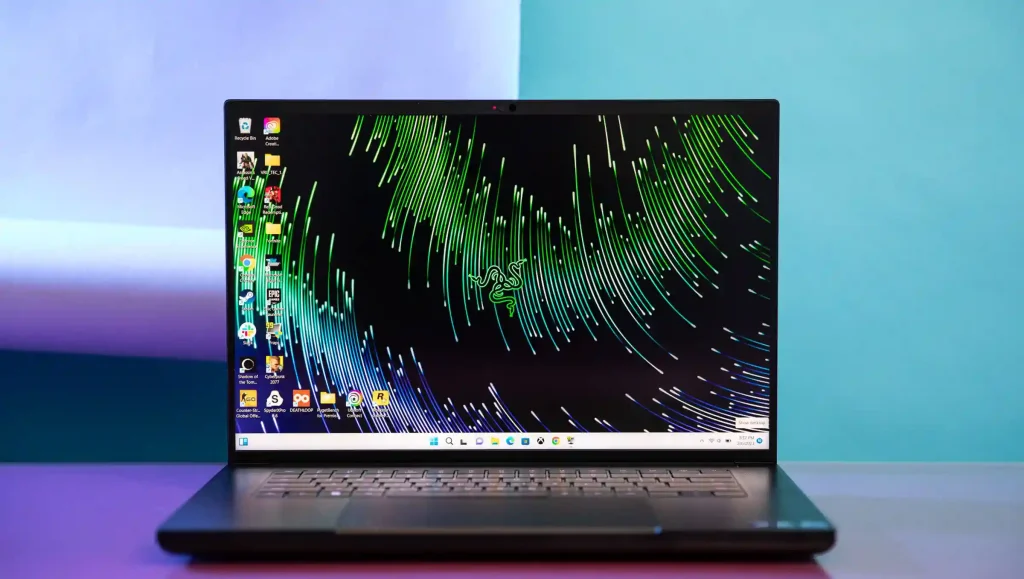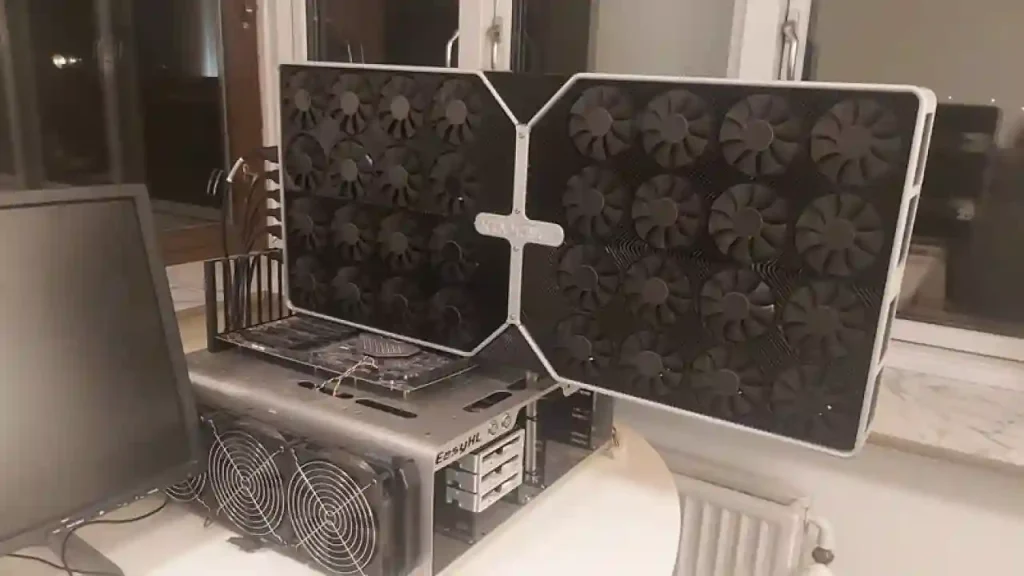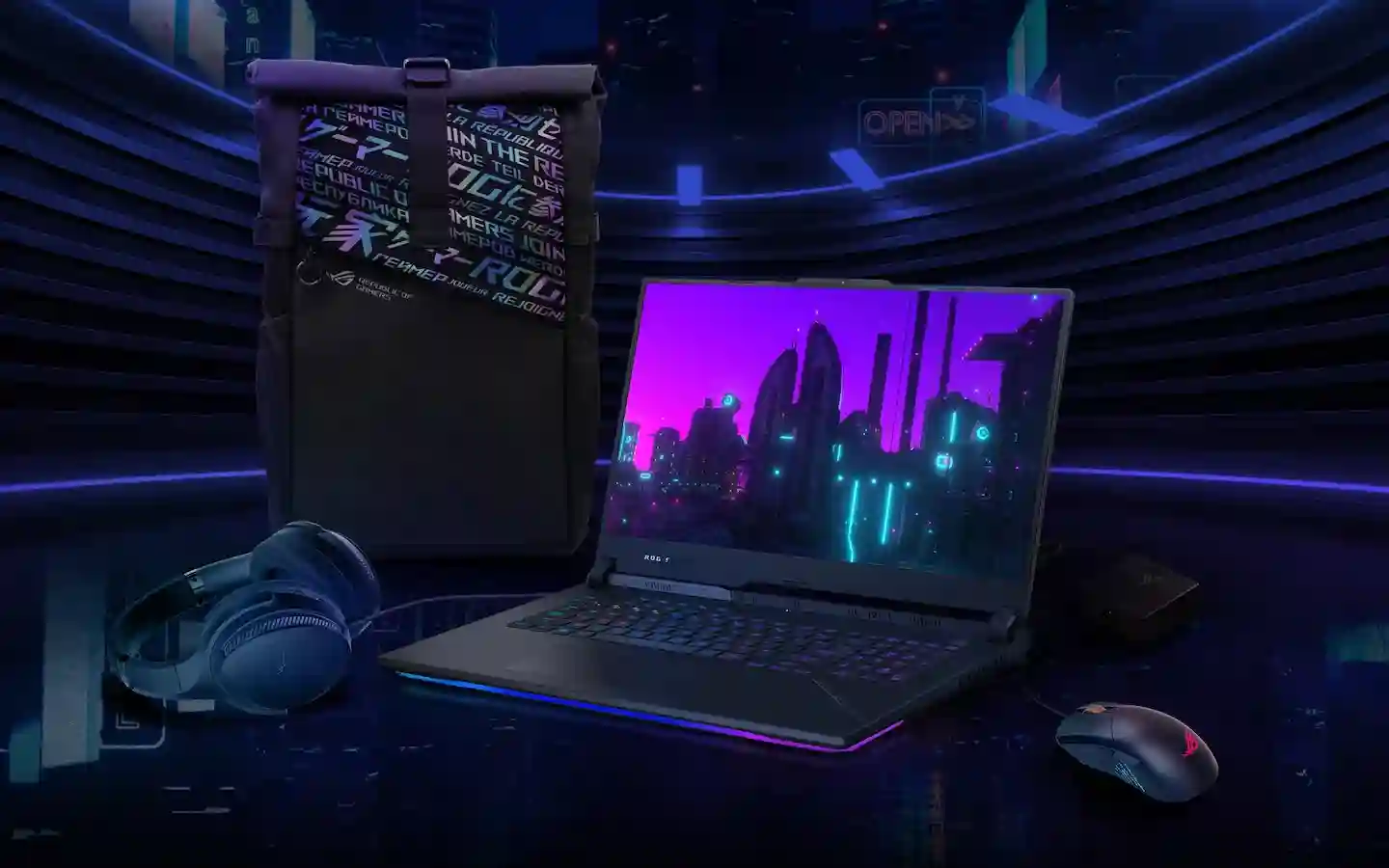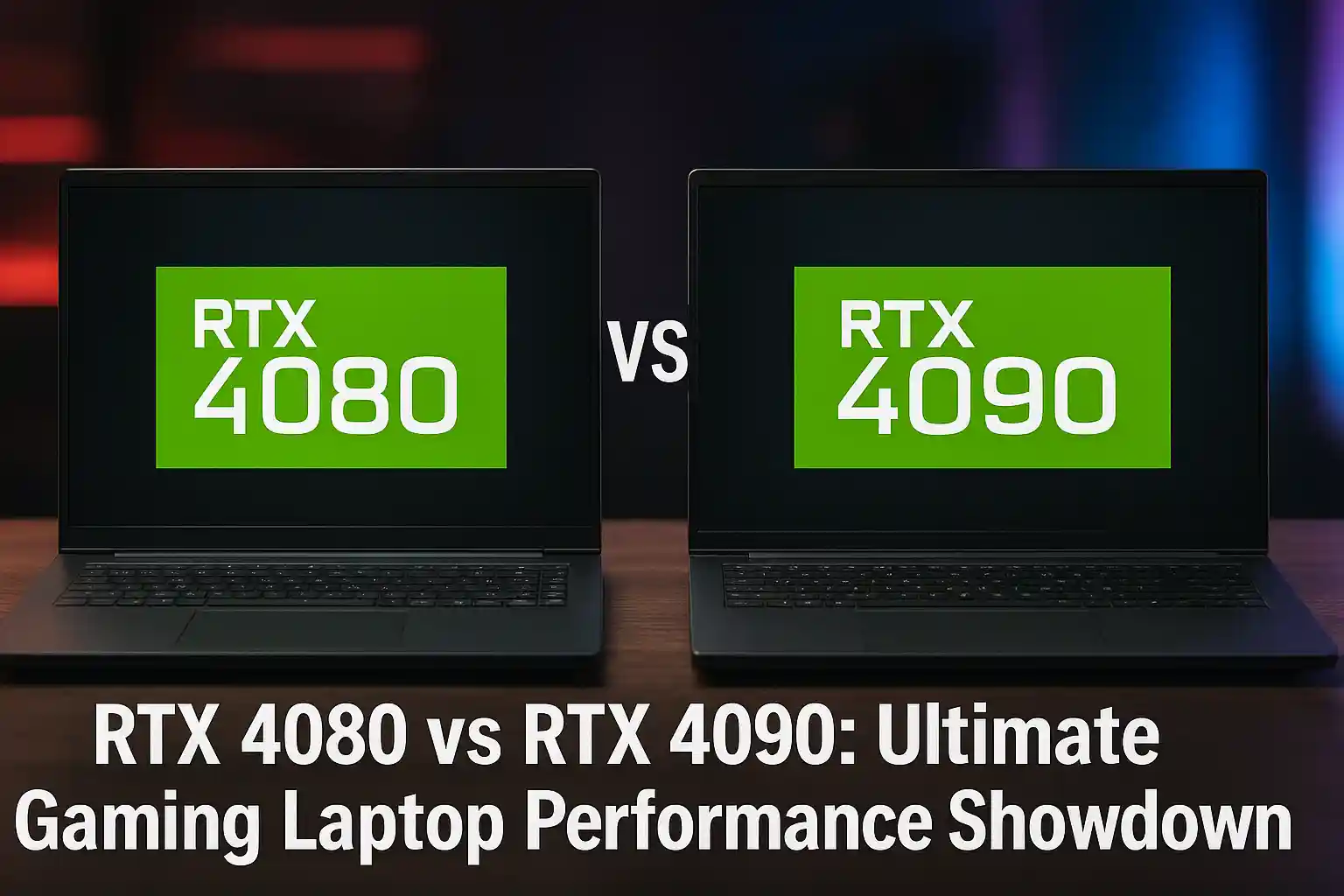In recent years, laptops equipped with NVIDIA GPUs have transformed into powerhouses capable of delivering exceptional performance across gaming, content creation, and AI-driven tasks. Among the top contenders in the mobile GPU market are the RTX 4070 and RTX 3090 Laptop GPUs, both of which cater to users with different performance needs. Whether you’re an avid gamer, a professional creator, or someone seeking the best performance for AI-related tasks, understanding the key differences in the RTX 4070 vs 3090 Laptop GPU comparison is essential for making the right choice.
In this article, we will delve into the unique features, performance metrics, and ideal use cases for both the RTX 4070 and the RTX 3090 Laptop GPUs to help you decide which one suits your needs best.
Introduction: The Evolution of Laptop GPUs

Laptop GPUs have come a long way since their inception, evolving from basic integrated graphics to powerful discrete GPUs capable of handling demanding gaming, 3D rendering, and AI workloads. This evolution has been driven by advancements in architecture, power efficiency, and performance, enabling laptops to match or even surpass desktop counterparts in certain areas. As gaming and creative industries continue to grow, laptop GPUs have become more versatile, offering a balance of portability and raw power.
Key Points:
- Early laptops had integrated graphics, limited to basic tasks.
- Discrete GPUs emerged for better gaming and creative performance.
- Architectural innovations (like NVIDIA’s Turing and Ampere) boosted performance.
- Modern laptop GPUs balance power efficiency and portability.
- High-performance GPUs, like the RTX series, now handle advanced tasks such as ray tracing and AI-based enhancements.
CUDA Cores and VRAM: Power at the Core
One of the key differences between the RTX 4070 and the RTX 3090 lies in their CUDA core count and VRAM (video memory).
- RTX 4070: The 4070 Laptop GPU features around 4,608 CUDA cores and comes equipped with 8GB of GDDR6 memory. This is more than sufficient for 1440p and 4K gaming, as well as content creation tasks like video editing, streaming, and 3D modeling. The 8GB VRAM is ideal for most mainstream tasks but may limit performance in extremely demanding applications like high-end 3D rendering or deep learning.
- RTX 3090: The RTX 3090 houses a much larger CUDA core count, with approximately 10,496 cores, and is equipped with 16GB of GDDR6X VRAM. This massive amount of VRAM allows the 3090 to excel in 8K gaming, extreme 3D rendering, AI model training, and large-scale creative workloads. For professionals working with large assets or handling high-resolution textures, the 16GB VRAM provides the necessary capacity to avoid bottlenecks and ensure smooth performance.
Key Differences Between the Two Laptops
| Aspect | RTX 4070 Laptop GPU | RTX 3090 Laptop GPU |
| Gaming Performance | Great for 1440p/4K at high settings | Excellent for 4K ultra settings, and 8K gaming |
| VRAM | 8GB GDDR6 | 16GB GDDR6X |
| Power Efficiency | More power-efficient, better battery life | Higher power consumption, more heat |
| Cooling and Size | Slimmer, lighter, quieter laptops | Larger, bulkier laptops with advanced cooling |
| Ray Tracing | 3rd-gen RT cores, excellent performance | Advanced ray tracing and path tracing support |
| Content Creation | Solid for video editing, light 3D rendering | Best for heavy 3D rendering, animation, deep learning |
| Target Audience | Gamers and creators seeking good value | Enthusiasts and professionals needing extreme performance |
| Price | More affordable | High-end, premium price |
Gaming Performance: 1440p, 4K, and Beyond

When it comes to gaming, both GPUs offer a stellar experience, but each excels in different scenarios.
- RTX 4070 Laptop GPU: The RTX 4070 is well-suited for 1440p and 4K gaming at high settings, delivering solid frame rates even with demanding titles. It can easily handle games like Cyberpunk 2077, Call of Duty: Warzone, and Assassin’s Creed Valhalla with ray tracing enabled, thanks to DLSS 3.0 and 3rd-generation RT cores. However, while it provides a great experience for most gamers, the 4070 may struggle with 8K gaming or very high frame rates in extremely demanding titles.
- RTX 3090 Laptop GPU: The RTX 3090, with its massive VRAM and higher CUDA core count, excels at 4K gaming and can even support 8K gaming at lower frame rates. It is the go-to choice for gamers who want to push the limits of real-time ray tracing and experience a smooth, high-fidelity gameplay experience at ultra settings. Whether you’re gaming in VR or on multiple displays, the 3090 ensures a truly immersive experience.
AI and Deep Learning: Tensor Cores
The RTX 3090 shines when it comes to AI and deep learning, thanks to its 3rd-generation Tensor cores and immense computational power. It can easily handle AI model training, neural networks, and machine learning workloads, making it an excellent choice for AI researchers and data scientists.
- RTX 4070: While the 4070 does feature Tensor cores and benefits from DLSS 3.0 (which uses AI to improve performance and visuals), its AI capabilities are not as robust as the 3090’s, given its smaller core count and VRAM. Nevertheless, it’s a great option for casual AI tasks, game enhancements, and content creation where heavy deep learning is not the primary workload.
Which One Should You Choose?
Choosing between the RTX 4070 and the RTX 3090 depends entirely on your needs and budget.
- RTX 4070: Ideal for gamers and content creators who want great performance without breaking the bank. The RTX 4070 is an excellent choice if you’re looking for a portable, efficient laptop that can handle 1440p/4K gaming, AI-powered workflows, and creative tasks with excellent battery life. Its balance between price, performance, and power efficiency makes it a fantastic option for enthusiasts and light-to-medium professionals.
- RTX 3090: The RTX 3090 is for those who need unparalleled GPU power for extreme gaming, advanced rendering, AI training, and high-end professional workloads. While it comes with a high price tag, it is unrivaled in terms of VRAM, computational power, and ray tracing performance. For high-level creators and extreme gamers, the RTX 3090 is the ultimate solution.
Both GPUs have their unique advantages and are industry-leading in their own right, but which one you choose will depend on the specific performance requirements you have for your laptop.





